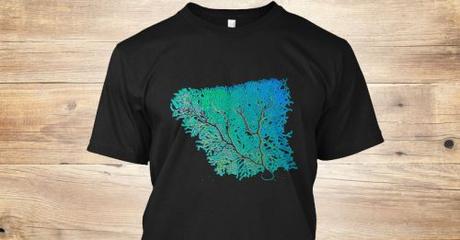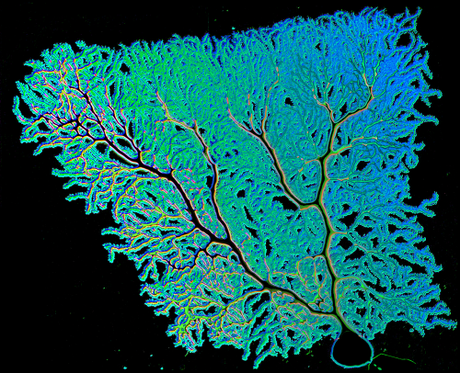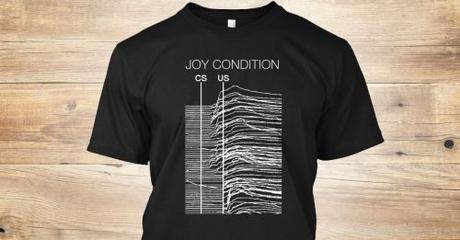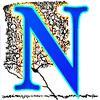I’m currently trying to go from working as an MD-PhD student to a science journalist. From thinking about disease and doing hands-on research to writing, thinking, and talking about those same conditions and studies.
I’ve struggled to explain why I’m making this switch. To come up with a single linear narrative that’s both satisfactory and honest for the switch. Like most things, it’s complicated.
One simple version:
I originally left the MD-PhD because of a health crisis. This gave me the time to really consider my path, and also really solidified in me something I intellectually knew but hadn’t felt before that point: that this was my one life, that I know myself better than anyone else does, and that only I can answer the question of what I should do with it.
Another thread:
I became deeply bothered by how people keep knowledge behind barriers and gatekeepers. Publicly-funded research languishes behind journal paywalls, attending college costs tens of thousands of dollars, and even small things like having a lunch with a visiting lecturers is meticulously limited–are you a student of the right department? Most of all though, I’m bothered by the fact that across the country thousands of lecturers will give pretty much the same lecture each year. Some will be great, others won’t. If it’s an introductory course with a large lecture hall, perhaps it will be recorded put online in a MOOC and that’s great (though don’t expect to find a single medical school lecture despite all the patients and caretakers who could benefit from this knowledge). But even when lectures are recorded and available, why aren’t they being edited and annotated, transcribed so they show up on google searches, reviewed so we can find the best lectures on the subject. Why don’t all of us have access to the very best lectures on ever subject, and we aren’t we preserving them for all of history? And why aren’t these lecturers collaborating with storytellers and multi-media producers who could bring these subjects to life and give them a fair shot against all of the competing distractions. And that’s part of why I want to learn audio storytelling–to try to make that happen.
That got a lot more ranting and idealistic than I was expecting. I apologize. That’s not even what I wanted to start writing about.
What I wanted to say, is I’m currently interviewing for jobs in radio and doing some freelance work, but to make ends meet, I’ll probably by exploring some side hustles on here.
Experiment A: Here are a couple neuroscience shirts I designed.


There’s something about the patterns neurons create: fractal-like but random, simple but ornate. This neuron, a cerebellar Purkinje cell is one of my favorites. And if you like it too, now you can wear it on your sleeve, or at least on your chest.

And for the new wave nerds / electrophysiologists in the crowd here’s a parody of Joy Division’s Unknown Pleasure Album Art, the only album art I know ever to feature a scientific figure–namely the first radio-frequency recording of a pulsar. I’ve re-vamped it to with neural responses in a classical conditioning paradigm.
The company I used to create and print these shirts, does it for a limited run, so if you’re going to buy, I suggest you do it soon. And, if you come across this page down the line, shoot me an email or leave a comment here and maybe we can see about running another batch or figuring out a way to print them long-term.
Advertisements
